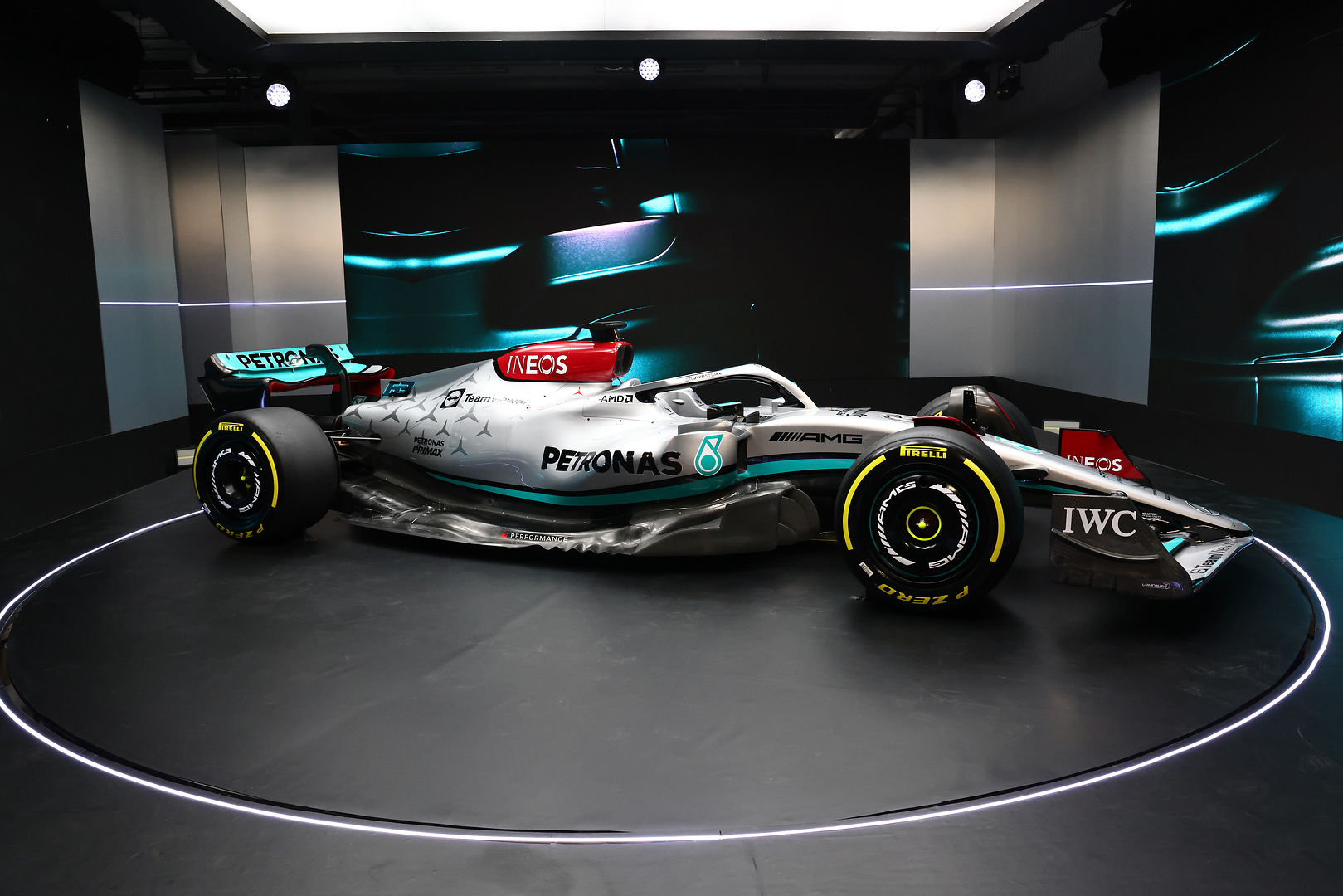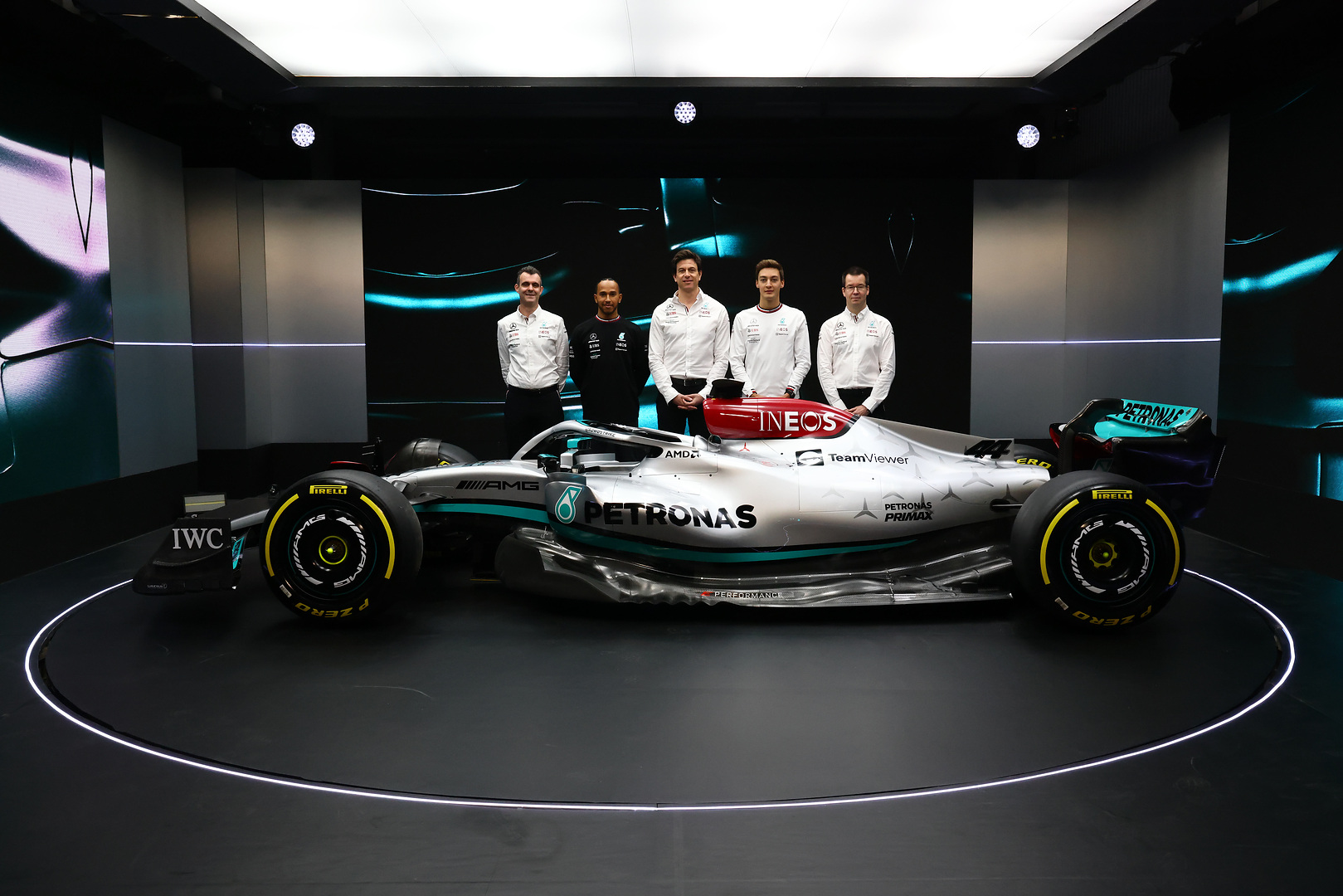Up Next

Mercedes has made more changes to its engine design going into the 2022 Formula 1 season than at any other time since F1’s hybrid rules began in 2014.
Hywel Thomas, head of the team’s powertrain programme, said that while the 2022 engine “builds on the generation of championship-winning power units” and involved the usual work on “finding more performance, more reliability and taking the overall package of the power unit further”, F1’s major chassis rules changes also meant substantial changes in packaging demands.
“For 2022, it has been a wide and deep project, and we have changed more parts of the PU for this year than in any season since 2014,” he said at the launch of Mercedes’ new W13.
“Because it’s been such a significant change, we modified our overall approach to design and development; we started earlier and had more points along the journey, where we could experiment with some of our technologies.
“And it wasn’t a case of spreading the same amount of effort over a longer period, it was about having a very high level of activity over a longer period.”
Ferrari said after launching its F1-75 on Thursday that it had gone for “daring design solutions” with its 2022 power unit to get ahead before the new engine freeze came into full effect.

Thomas added that this had been a significant consideration for Mercedes too.
“2021 was the first season in this regulation cycle where we had to freeze the performance specification of the PU at the start of the season,” he said.
“In 2022 we’ve been allowed one final performance upgrade, most of which needs to be delivered at the start of the season, and the ERS system upgrade must be introduced before 1st September.
“But this doesn’t only have an impact on 2022, because the performance specification will remain frozen until the start of the next regulation cycle in 2026.
“The project we took on for 2022 was large, and it is a very broad upgrade across the different elements, to get every last bit of performance, efficiency and reliability.
“There are also some FIA-imposed measurements, particularly in the ERS system, that we had to accommodate as well.”
Given the scale of the changes across the whole car project, Thomas said Mercedes goes into testing next week with substantial unknowns, including in terms of power unit operation.
“The chassis team have been working very diligently and swiftly through the new regulations, so they can understand where the opportunities lie, and which areas are lap time sensitive,” he said.

“We make changes to the PU, that allow the chassis team to best exploit the regulations.
“We might want to rearrange the installation slightly or change the PU layout to get more flexibility in those lap time sensitive areas.
“The other side of this is we never really know how much performance, in terms of chassis performance, we are going to find.
“We have some very good simulation tools and of course we use those to make estimates of where the chassis will end up, but we don’t know for sure.
“And that means we won’t really know precisely how the PU will need to be used and the way it needs to react while out on track, until we are running on the circuit.
“We have to cover quite a lot of possibilities to make sure that PU is ready for whatever turns up at the end of the experience.”







